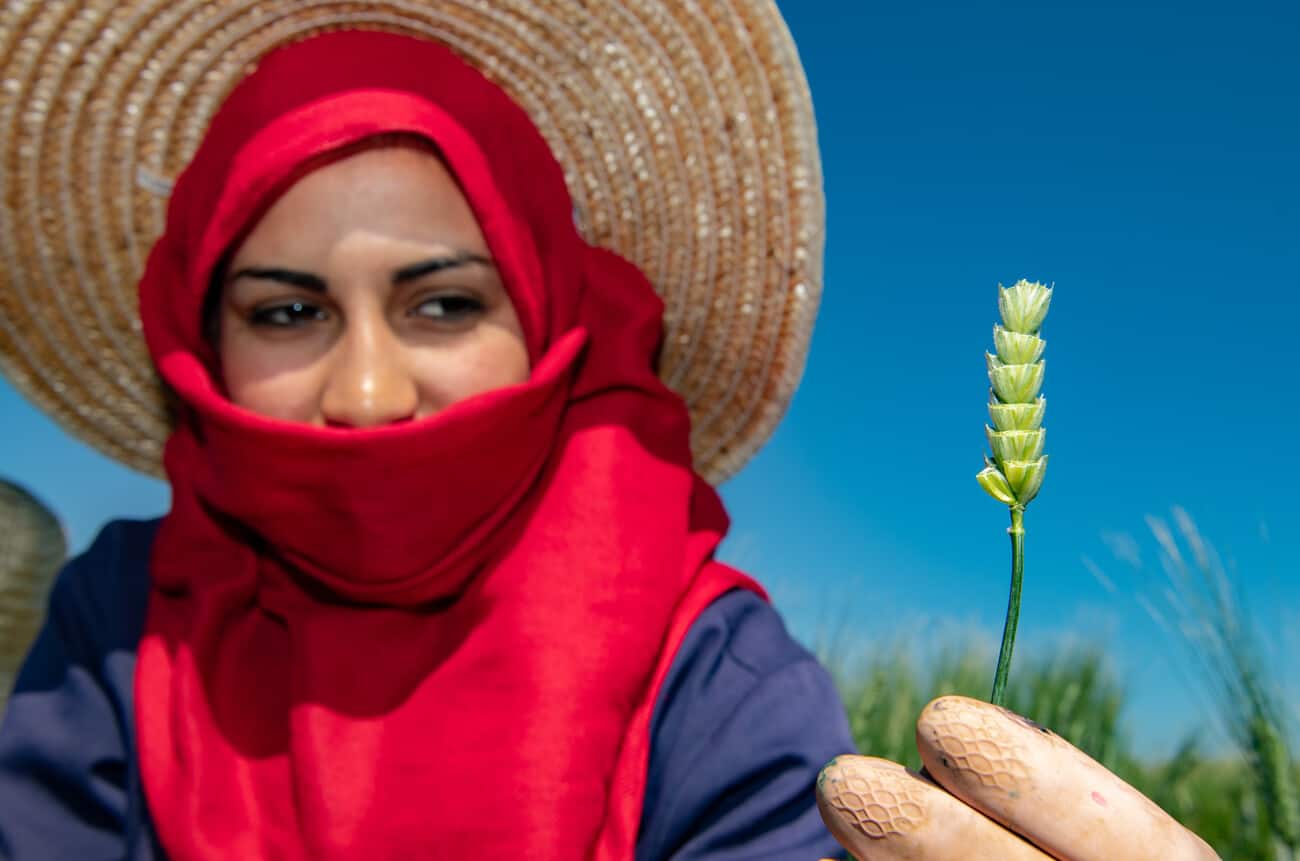How do we estimate the consequences of global inaction on genetic diversity conservation, exchange, and use?
- From
-
Published on
26.09.19
- Impact Area

Target 2.5 of the SDGs calls for maintaining “the genetic diversity of seeds, cultivated plants and farmed and domesticated animals and their related wild species.” It is an ambitious target, with an expectation that we will meet it by 2020.
Thankfully, there are already mechanisms in place to help us on our way. The International Treaty for Plant Genetic Resources for Food and Agriculture (Plant Treaty) is there to ensure the conservation and sustainable use of all plant genetic resources for food and agriculture and the fair and equitable sharing of the benefits arising from their use.
But how much will it cost to fulfill our global obligations under the Plant Treaty? The treaty’s funding strategy suggests that an extra $1.1 billion a year is needed until 2030 to ensure the conservation and sustainable use of crop diversity around the world at an adequate level. What happens if these funds are not forthcoming?
Related news
-

CGIAR Multifunctional Landscapes at COP30: Advancing Adaptation and Nature-Based Solutions
Multifunctional Landscapes Science Program10.11.25-
Adaptation
-
Biodiversity
-
Environmental health
-
Environmental health & biodiversity
-
Mitigation
COP30 in Belém, Brazil is being heralded as a pivotal “COP of adaptation” and a…
Read more -
-

SOILutions for Security: CGIAR at the 2025 Borlaug Dialogue
Multifunctional Landscapes Science Program22.10.25-
Biodiversity
-
Environmental health
-
Environmental health & biodiversity
-
Food security
-
Nutrition
From October 21–23, CGIAR will join global partners in Des Moines, Iowa for the 2025…
Read more -
-

Road to Belém: Scaling biosolutions for soil health and climate action gains momentum ahead of COP30
Multifunctional Landscapes Science Program15.10.25-
Adaptation
-
Biodiversity
-
Climate adaptation & mitigation
-
Environmental health & biodiversity
-
Mitigation
More than 40% of the world’s cultivated land is degraded, affecting more than three billion…
Read more -
